Looking at Apple's latest Vision Pro release feels like watching the company's mixed reality strategy mature in real time. Apple has launched an enhanced version of its Vision Pro headset, replacing the original model released in 2024, and the changes run deeper than just a chip swap. It is not the revolutionary reimagining some were hoping for. It is a thoughtful evolution that tackles the first generation's loudest complaints.
What jumps out is how Apple solved problems step by step. No splashy redesigns, just attention to the friction points that actually matter, performance stutters, comfort, battery limits. The M5-powered Vision Pro feels like classic Apple iteration, each improvement aimed at real workflows rather than spec-sheet bragging rights.
The M5 chip brings the performance boost everyone was waiting for
The center of the upgrade is Apple's new M5 processor, and the gains are big. The M5 delivers four times the peak GPU performance compared to the M4 chip, which translates to noticeably smoother experiences across the board. Built using third-generation 3-nanometer technology, the 10-core CPU boosts multithreaded work that spatial computing lives on, making everything from app launches to web browsing feel more responsive.
You can see it. The M5-powered Vision Pro can render 10 percent more pixels on the custom micro OLED displays compared to the previous generation, and refresh rate capability climbs from 100 Hz to 120 Hz, cutting motion blur. If the original occasionally stuttered during intense tasks, this goes a long way toward smoothing things out.
AI speed also jumps. The 16-core Neural Engine makes AI features run up to 50 percent faster for system experiences and up to 2x faster for third-party apps. Creating spatial scenes or capturing Personas feels less like waiting for a bus and more like keeping momentum when you are showing someone spatial computing for the first time.
Here is the kicker. The new 10-core GPU adds hardware-accelerated ray tracing and mesh shading to Vision Pro for the first time, enabling more realistic lighting and shadows that make virtual objects feel more convincingly present in your space. It is not just raw speed. It is about making spatial computing feel natural enough for long, focused work.
Finally, a headband that doesn't punish your head
Apple addressed one of the original Vision Pro's biggest knocks, comfort. The new Dual Knit Band rethinks how the headset sits on your head. It combines a soft, breathable top band with a redesigned rear strap that uses flexible tungsten rods in the lower section to counterbalance and lift the device.
The Dual Knit Band uses upper and lower straps that are 3D-knitted as a single piece, creating a dual-rib structure for cushioning, breathability, and stretch. The smart bit is weight distribution, the lower strap's flexible fabric ribs are embedded with tungsten inserts that provide a counterweight for comfort, balance, and stability.
The engineering tackles physics, not just materials. Instead of chasing a lighter headset, which would require a fundamental hardware redesign, Apple optimized how the weight sits on your head and neck. The result is a headset that is heavier than the original yet feels better during longer sessions. Tungsten's density, more than twice that of the stainless steel used in the Solo Knit Band, allows the counterweight to do more with less mass, even though the new band is 150 grams heavier than the Solo Knit Band.
Day to day, that matters. The counterweight approach spreads pressure more evenly, so extended work sessions feel viable rather than like endurance tests. The dual-function Fit Dial makes adjustments precise and quick, accommodating different head shapes without the fiddling that plagued the original straps.
Battery life gets a modest but meaningful bump
Battery life does not leap, it nudges up in useful ways. Battery life on the Vision Pro improves from about 2 hours to 2.5 hours on a charge, and video playback from 2.5 hours to 3 hours. That extra 30 minutes sounds small until you hit the final act of a movie.
These gains land alongside more compute, more pixels, and higher refresh rates, which points to silicon tuned for sustained performance rather than brief power spikes. It fits real usage patterns, steady output over time instead of short bursts that fizzle.
The external battery pack design remains. Apple still has not found a way to sever the device from its tethered battery pack, so you are still managing a cable. For mobile, professional workflows, that is a limitation upgraded internals cannot erase.
The price reality: better value, still not cheap
Here is the money part, the device maintains the same $3,499 starting price while delivering across performance, comfort, and efficiency. More headset for the same money, which helps the value story even if it does not solve accessibility.
Even with a price drop of £300, the headset remains expensive. The upgrade does not change that reality, though it does push the device into a stronger spot against professional gear in adjacent categories.
The new model is available in the same storage configurations, 256GB, 512GB, and 1TB, with prices going as high as $3,899. One thoughtful touch, the Dual Knit Band is a $99 accessory, compatible with the first-generation Vision Pro, so existing users can grab the comfort upgrade without buying a whole new headset.
The pricing strategy makes the positioning clear. Apple is not chasing budget consumer VR, it is carving out a premium, professional lane, the way Mac Pro serves creative pros rather than the mass market.
Bottom line: Evolution, not revolution
The M5 Vision Pro is Apple doing what it does best, taking a good product and making it systematically better without changing its character. The new model is faster than the M2 chip in the original Vision Pro, has better battery life, and is much more comfortable to wear for longer, which clears several practical barriers to daily use.
It is not the moment that makes spatial computing mainstream. Adding a new chip will not make the Vision Pro more affordable, and the big question of must-have consumer use cases still hangs in the air.
For the Vision Pro faithful and early adopters, this is a meaningful upgrade that removes friction from daily workflows. Performance gains open the door for more complex spatial apps, comfort upgrades make longer sessions realistic, and the battery bump trims one more interruption. If you already rely on Vision Pro for professional work, these improvements will stack up over time.
For everyone else, the M5 Vision Pro reads like a bridge, Apple keeping momentum in spatial computing while it builds toward more accessible hardware and software. The M5 Vision Pro is the best spatial computer you can buy right now, which positions Apple well when the market finally widens.
The real test is not whether the upgrade makes Vision Pro better, it clearly does. The question is whether steady improvements to a premium device can carry an emerging category long enough for breakthrough apps and price points to arrive. Apple is betting spatial computing follows the arc of personal computers and smartphones, early premium machines paving the way for mass adoption. The M5 Vision Pro is another step on that road.




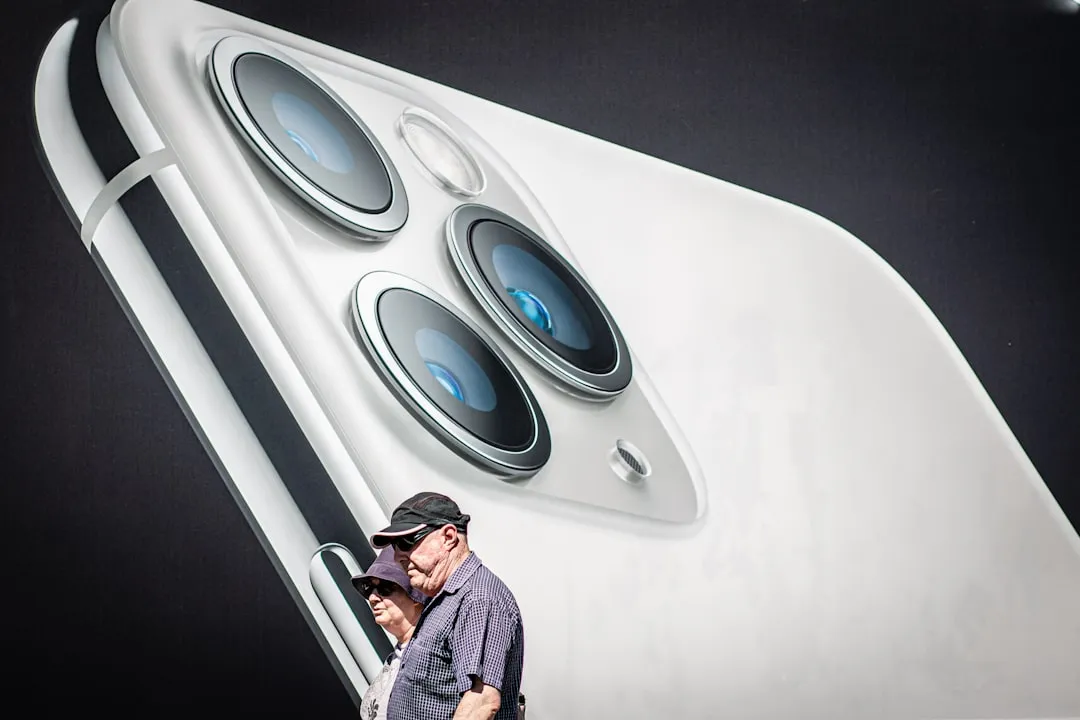
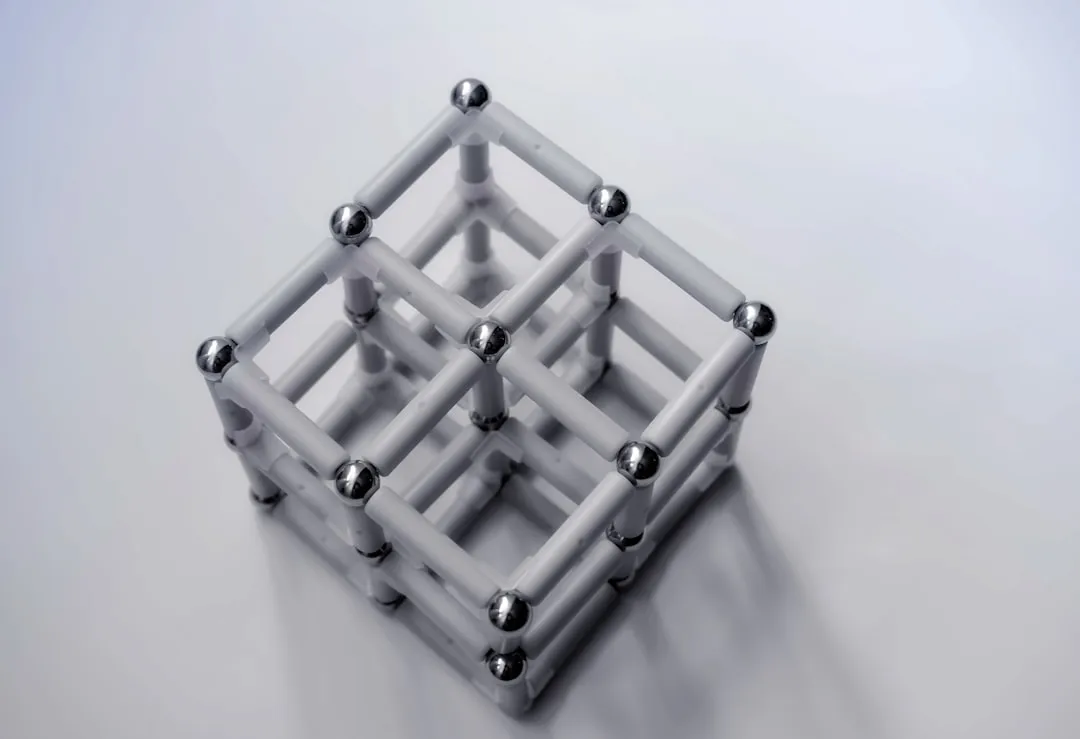
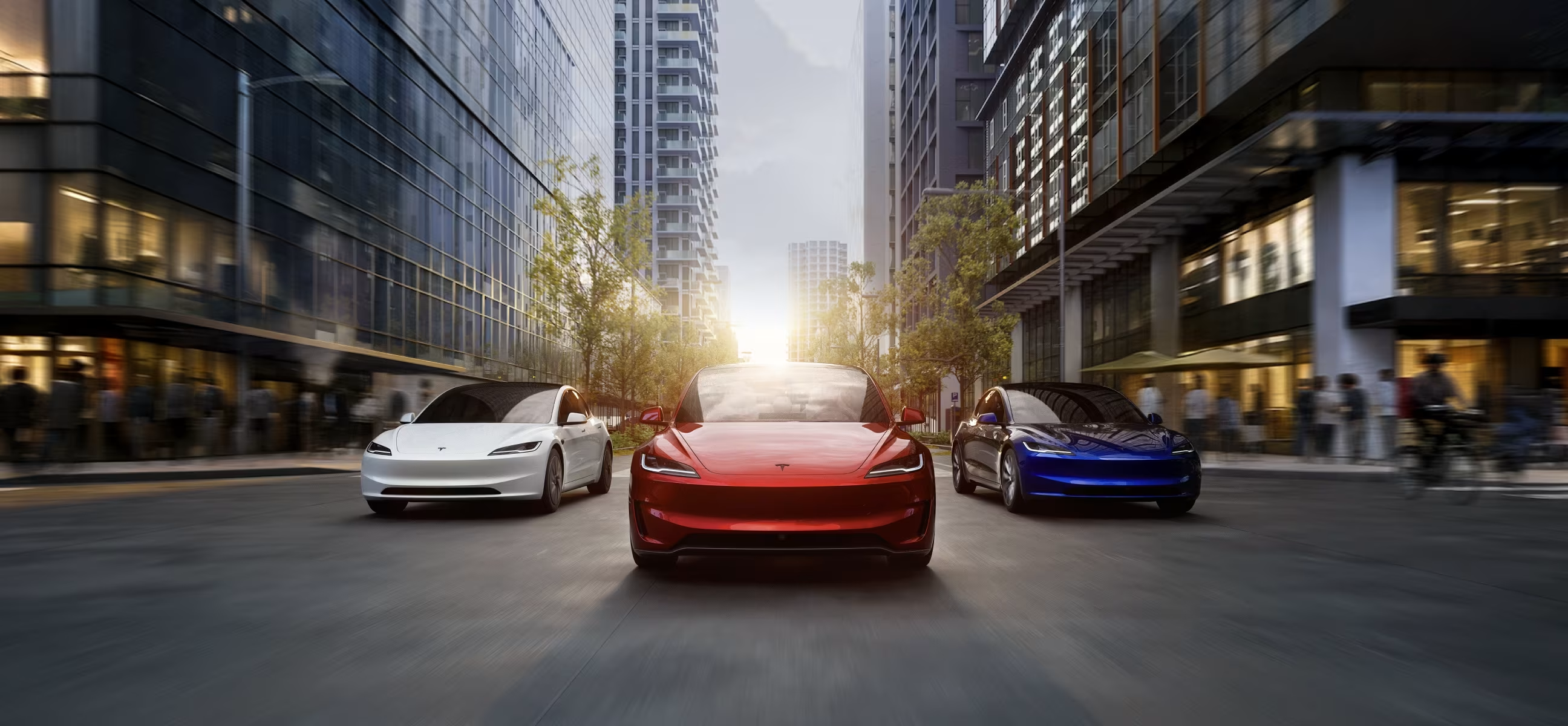
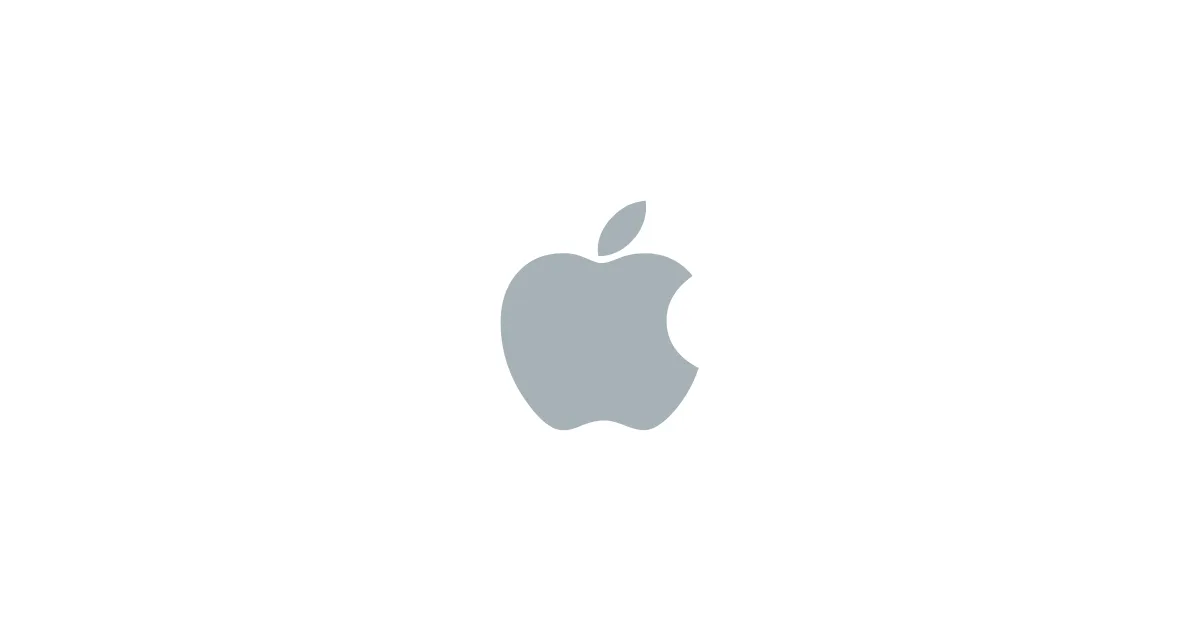
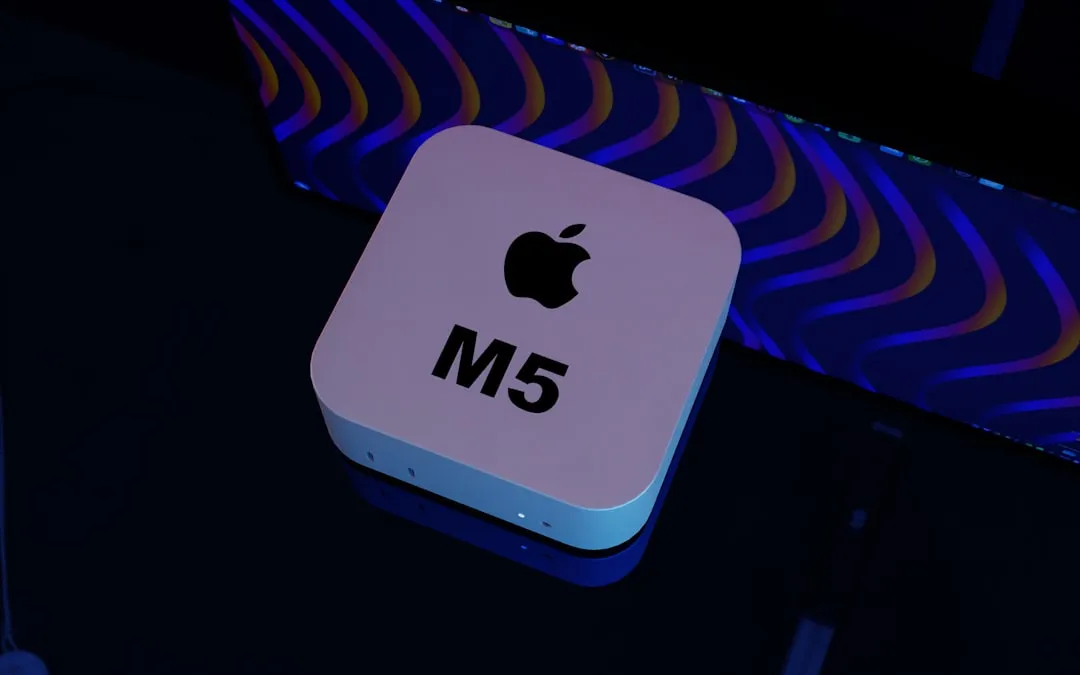
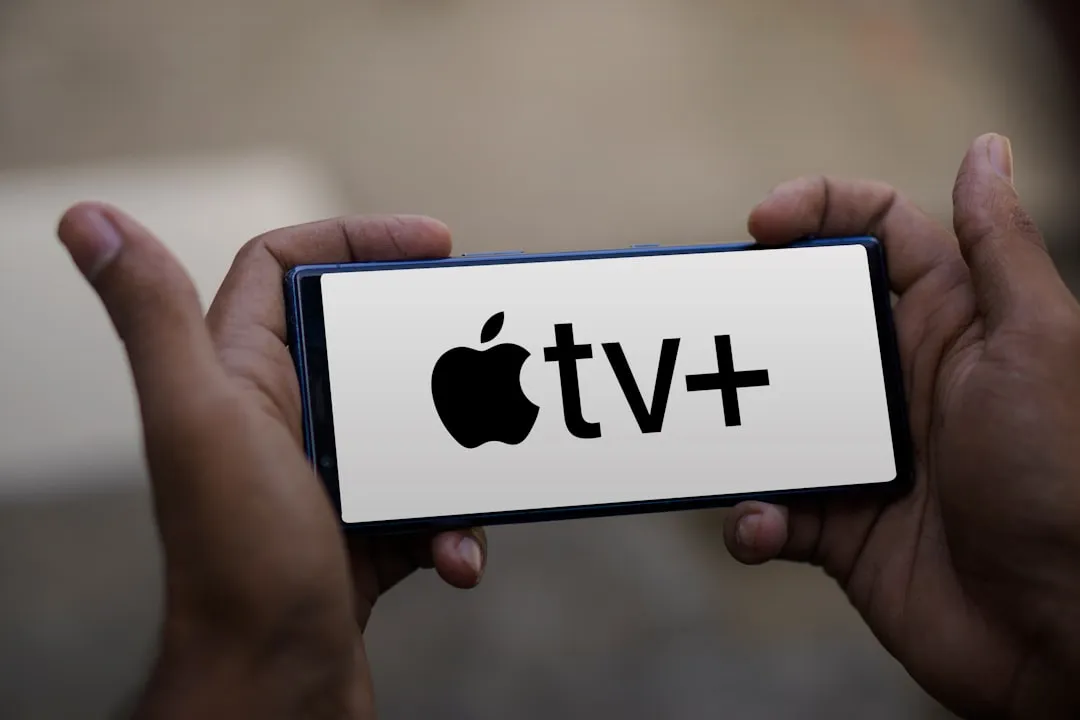
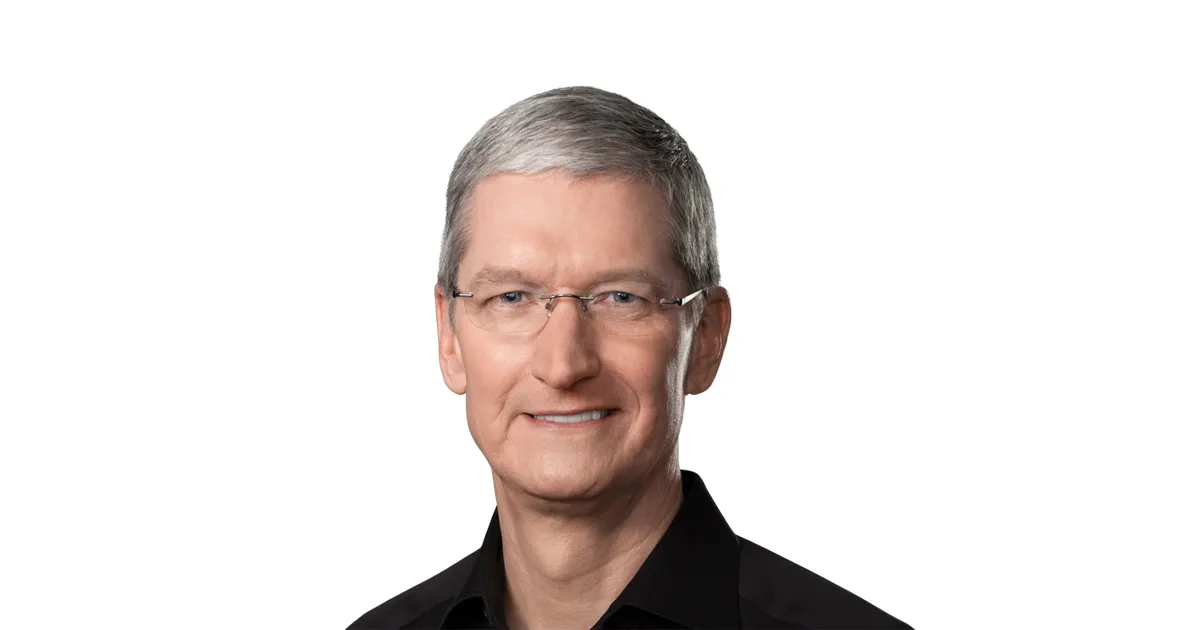
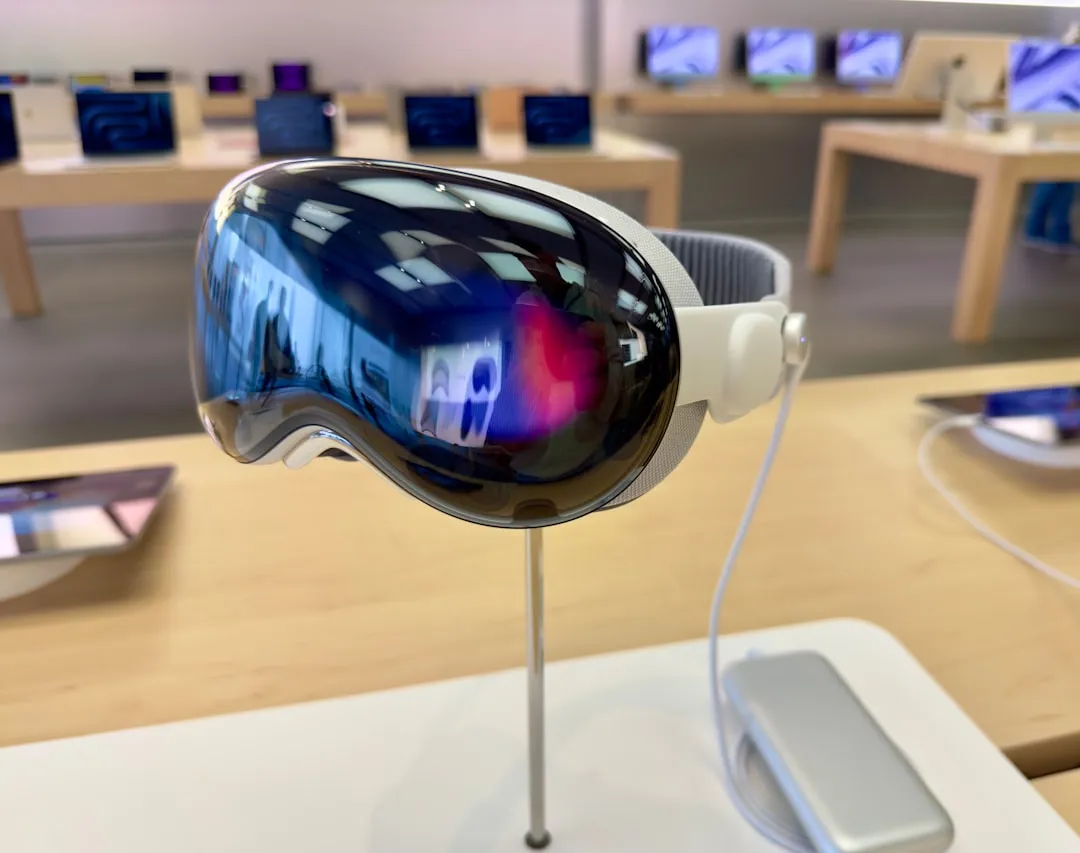
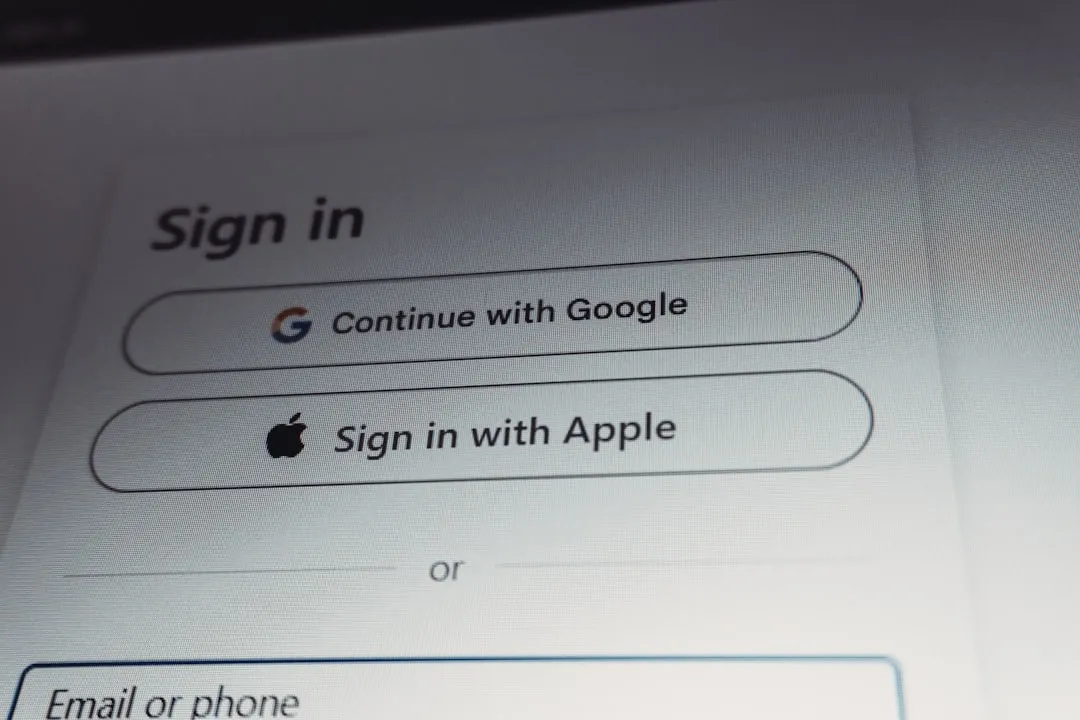
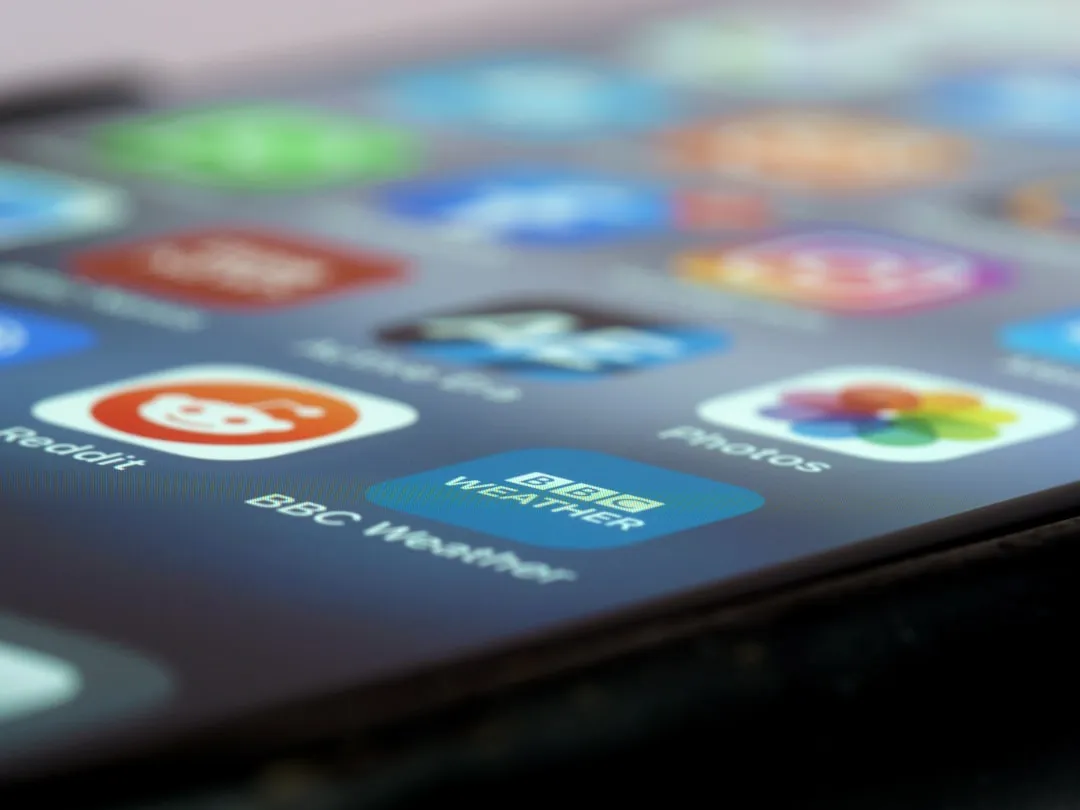
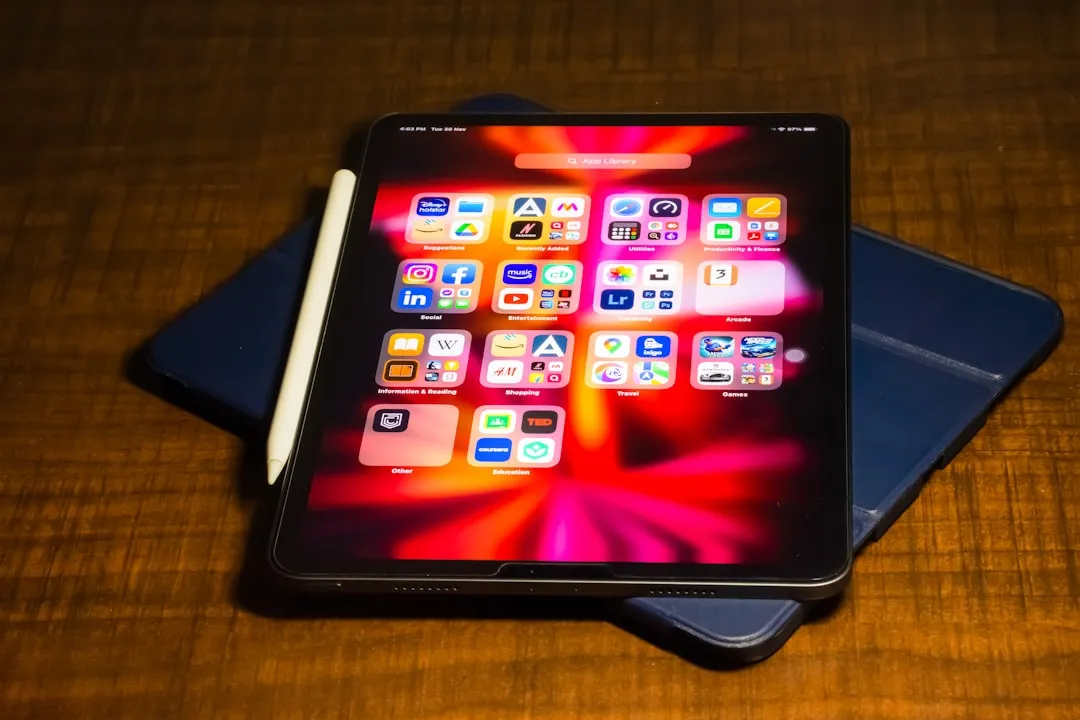
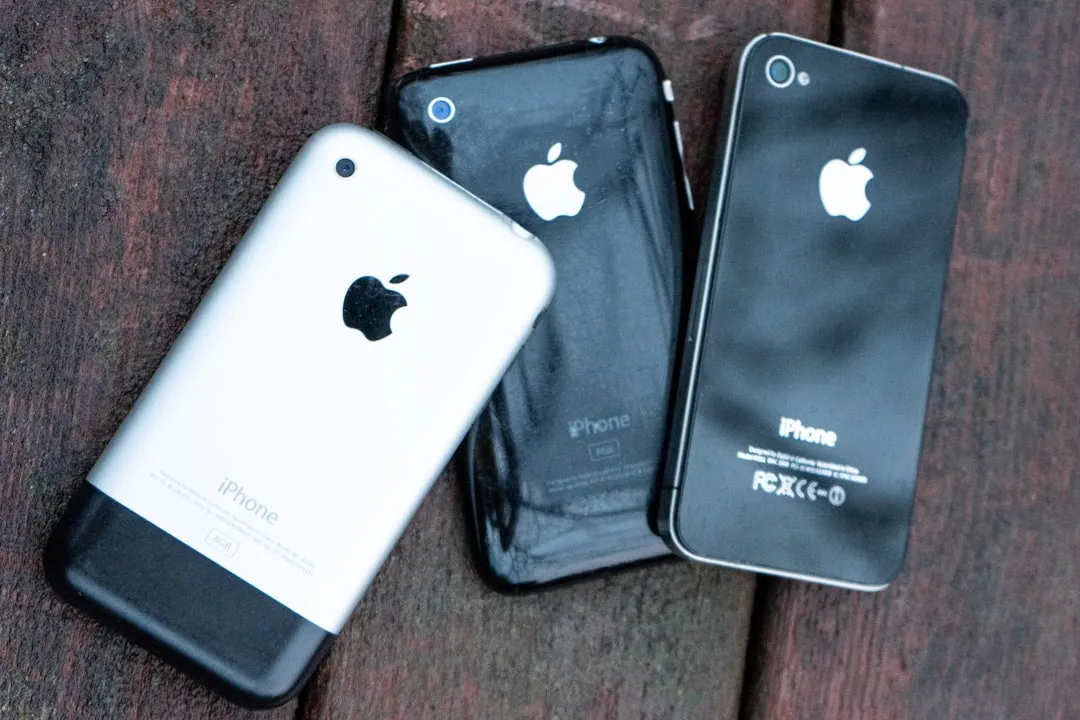
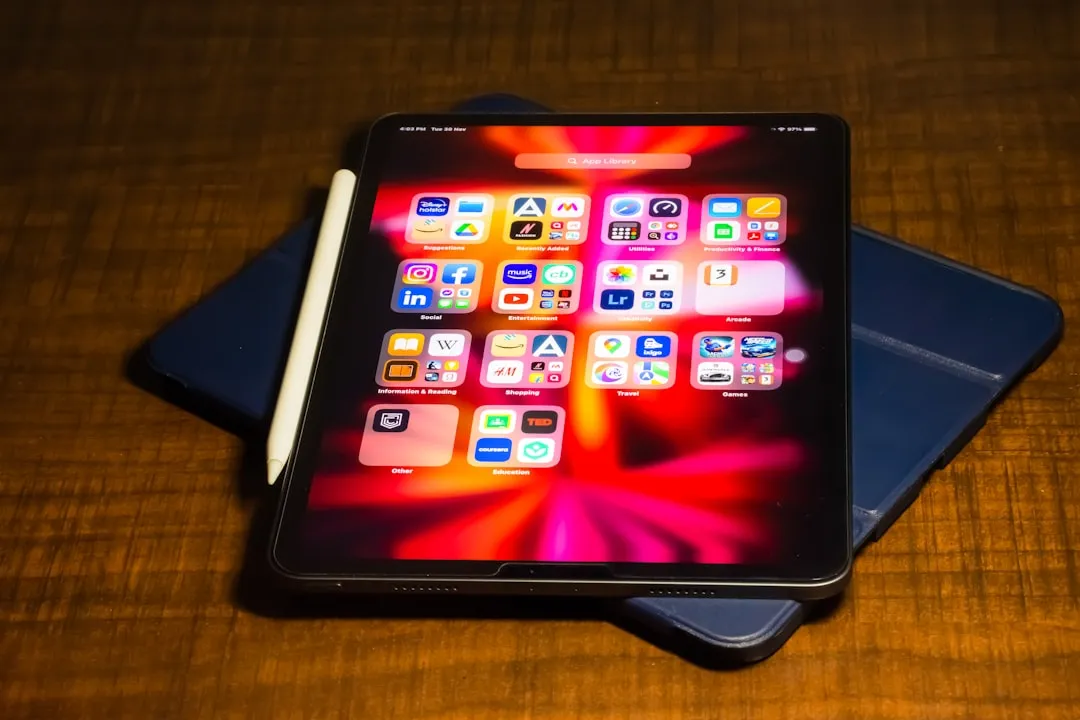

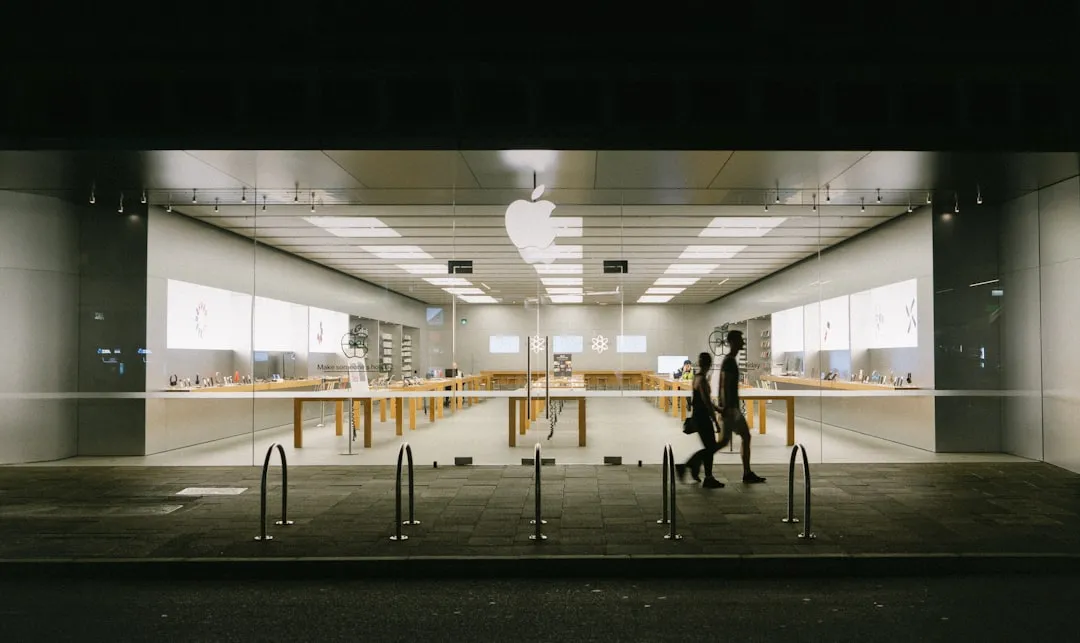
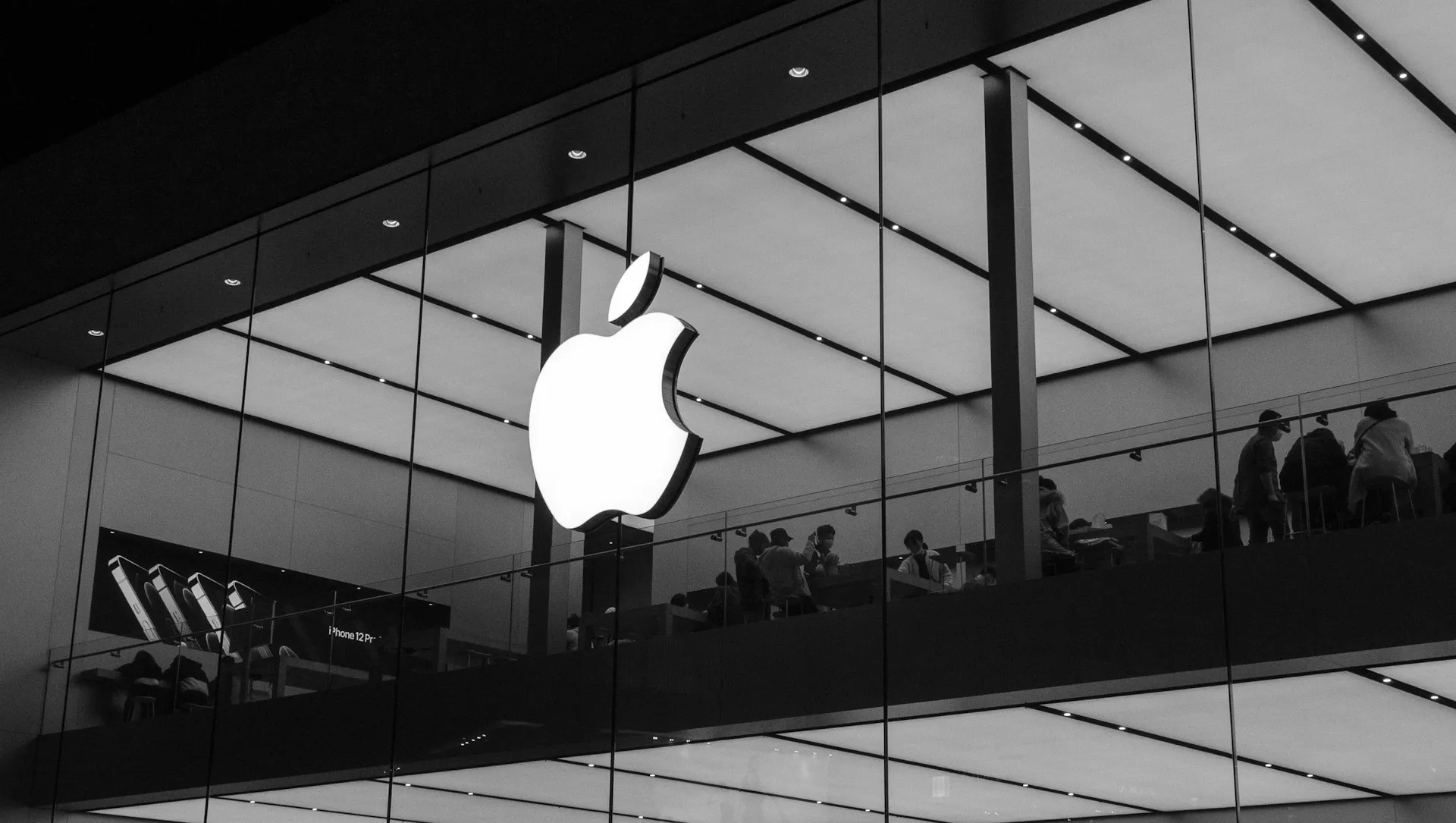
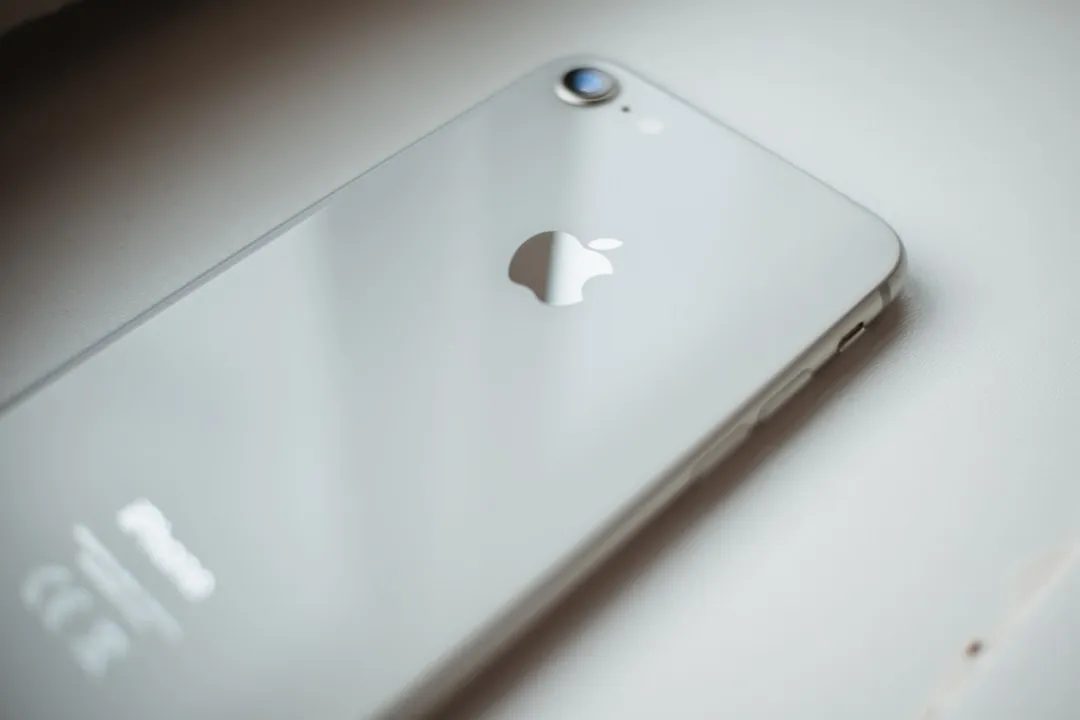
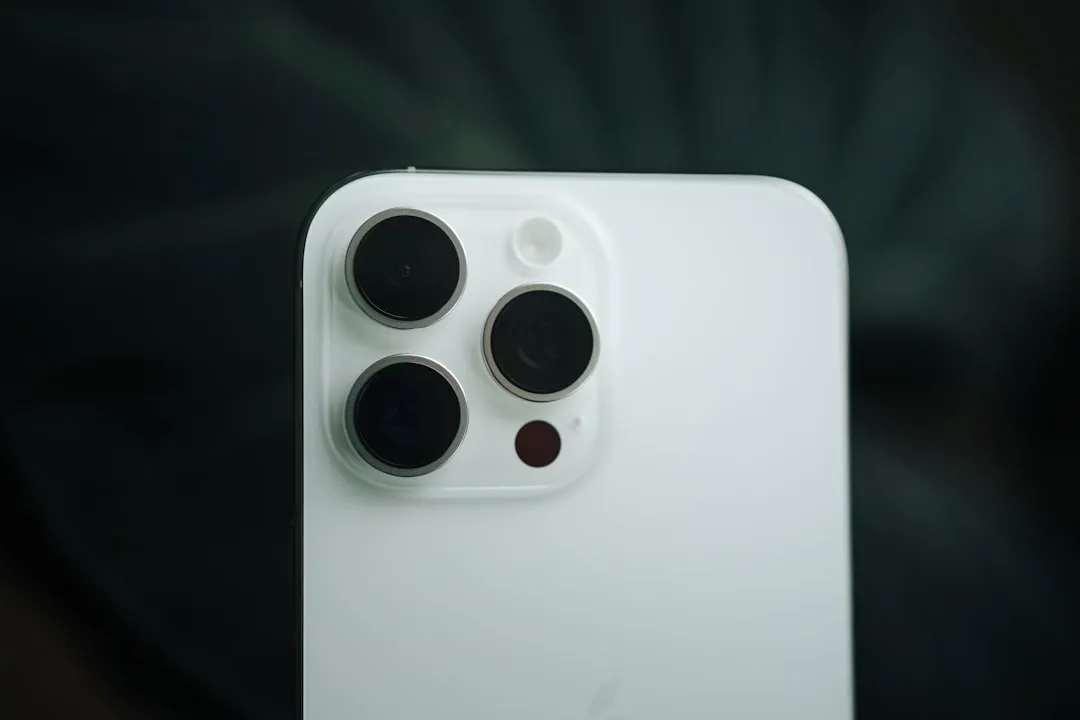
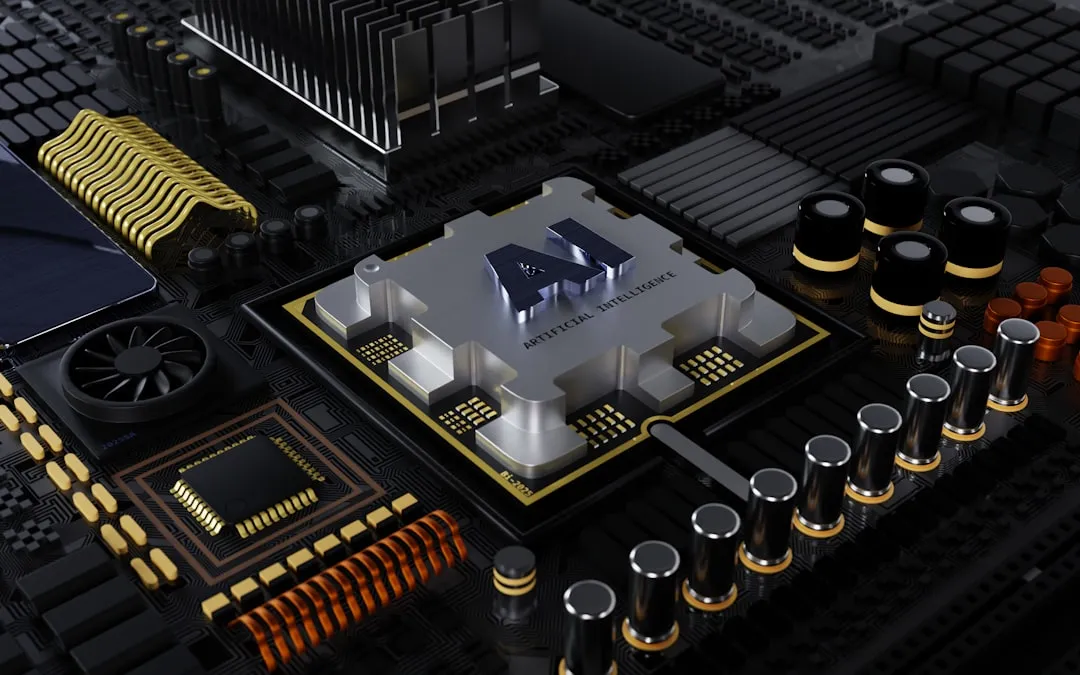
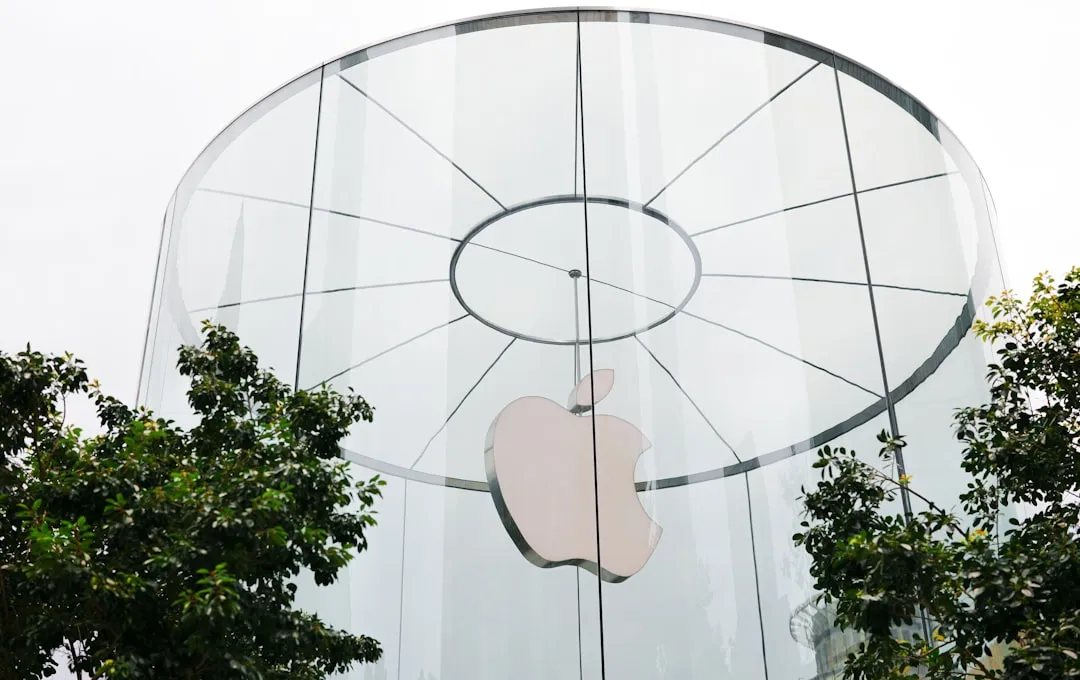

Comments
Be the first, drop a comment!